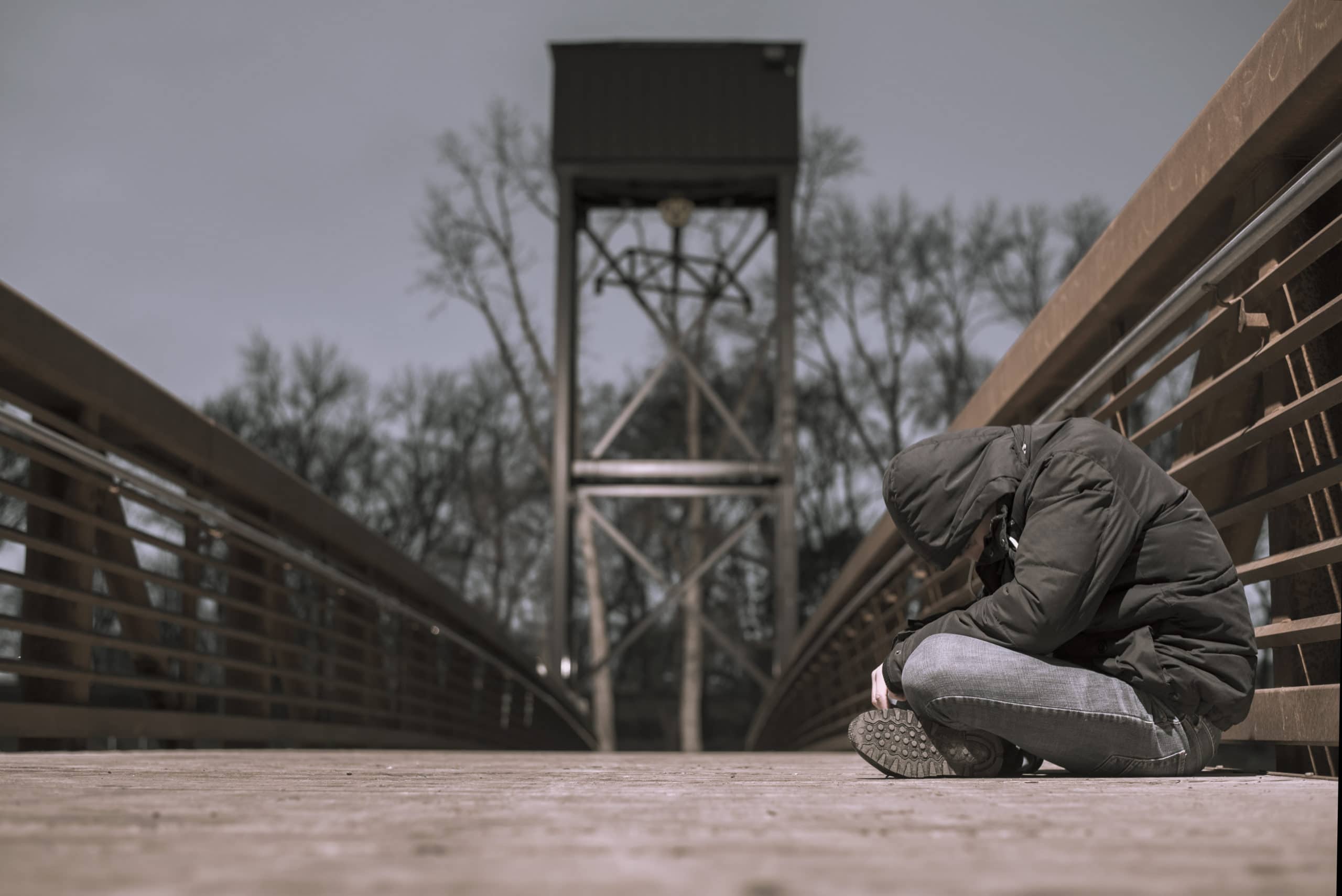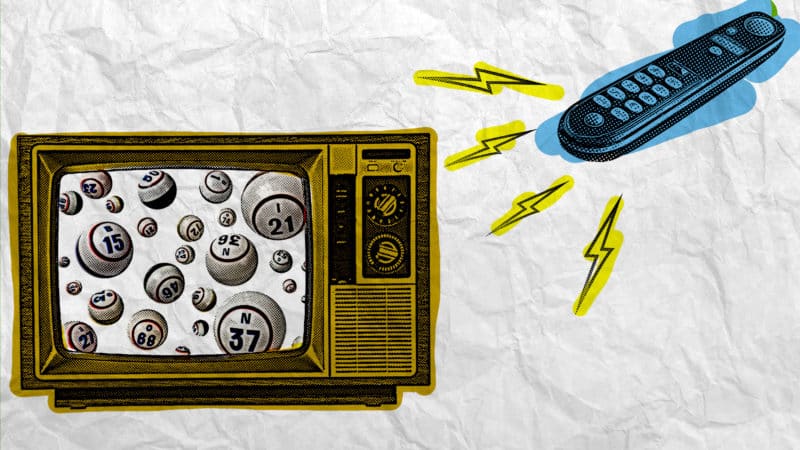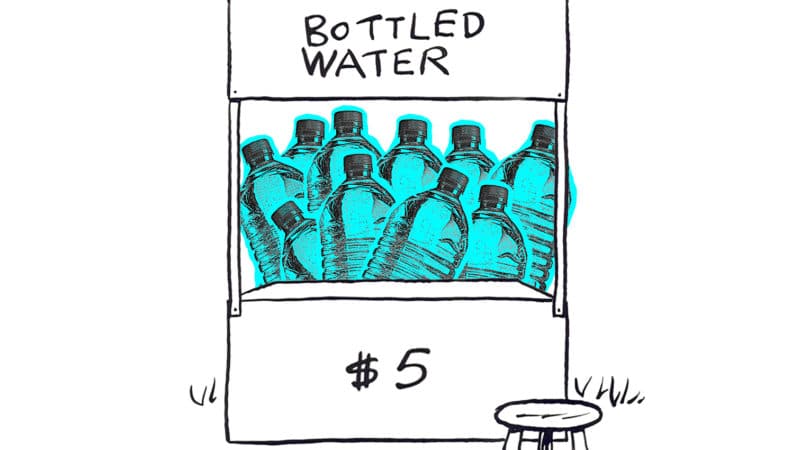Many people have tried to “solve” homelessness over time, but none have succeeded. Here are some of those ideas, from shipping people off to an island, to literal corporal punishment.
By Andrew Fraieli
People have had…unique…ideas on how to “solve” homelessness for a while: put them on an island, put them in a forest, whip them until they bleed. But most honest attempts are relatively modern, as is our current relationship with homelessness. Homelessness cannot be “solved” by any one solution as it is a societal problem, an outlook on the poor, on those who need assistance in our society.
That does not mean some ideas won’t help in the meantime, nor that all odd ideas are from bad intentions — even if the idea is literally to ship the unhoused off to an island. Here are 6 ideas meant to help and house the unhoused and poor, or in other cases, meant to minimize their existence in the most brute-force way.
1. Outlawing Them
When was the actual solution to homelessness simply to outlaw it? Was it in 1500s England where they legally whipped, flogged, branded and possibly executed anyone of able body that had no land, master or income? Or Fort Lauderdale, Florida in 2018 when the police raided a homeless encampment and destroyed their belongings for no greater reason than they were sleeping outside?
Maybe it was the Vagrancy Act of 1866 that “forced into employment, for a term of up to three months, any person who appeared to be unemployed or homeless,” a law directly aimed at freed black slaves, but remained on the books until 1905. That is, until it was changed to making “vagrancy a misdemeanor punishable by a bond payment and good conduct for one year.”
Or, possibly, when San Francisco outlawed sitting and laying on public sidewalks in 2010.
The question is meaningless because homelessness has been continually criminalized for hundreds of years — for different reasons, and differing extents, but always against these people that are in a situation they probably did not choose, and yet, arrested for anyways.
2. Permanent Campsites on Public Land
America has always been a land of refuge, and the large swatches of land across the country that became owned by the public have always been so too. So, in 1992, someone had the idea that if those who had no home were staying on public land anyways — usually longer than the 14-day maximum — why not carve out an area for them and see how it works?
On United States Forest Service Land about 130 miles south of Portland, Oregon, in Umpqua National Forest, a campsite was created called Blodgett. According to the New York Times, “It permanently housed up to 25 non-residential long-term campers with six campsites, two chemical toilets, job counseling, and food and gas access.” Unfortunately, it was a pilot project, and the campground closed after a year of servicing around 100 people. The reasons for which could not immediately be found, but it helped many people in a poor area where decent-paying jobs that could afford rent were scarce.
3. Wait, Forests Again?
Sending the unhoused into the forest may not have been kept as a permanent solution in 1992, but in modern times it might. Around January, 2020, a nonprofit in Redding, California pitched the idea to actually build structures on leased Bureau of Land Management land — functionally the same idea as in Umpqua National Forest, but with actual structures rather than campsites.
The nonprofit, Noah’s Community Village, said it would cost about $9 million to build. “Each home would be about 200 to 300 square feet with a bathroom, kitchenette, shower and porch,” according to Redding.com. “There also would be communal areas with kitchens, a community center, gardens, and medical services and work opportunities.”
4. Send Them Off to an Island
Hawaii has a surprising amount of unhoused people — a rate of 46 out of every 10,000 people, second only to New York. But really, it’s only surprising if the focus is solely on the idyllic tourism image the state portrays. Ignoring that, it’s not surprising that a place with large amounts of beaches, public areas, and constant warmth has attracted a good amount of people with no home, and not surprising either that the government might not want them around that idyllic tourism.
The solution? Send them off to an island — Sand Island off of Honolulu to be specific. A “navigation center” meant to house people temporarily until they find permanent housing, Hale Mauliola is essentially a small town of shipping containers. Currently there are 78 containers for a capacity of 104 people, with amenities that would embarrass other shelters though like plenty of showers, daily meals, and security, all for $100 per month.
It’s meant to be transitional, staying for only about 60-90 days while they help you find a permanent home.
It may be a decent program, but it’s hard to shake the whole idea of sending homeless people off to a literal island. At least it’s voluntary.
5. Hotel Rooms and Rooftops
In March 2020, the pandemic in full swing, Las Vegas and its thousands of hotel rooms — and thousands of unhoused living on the streets — were abandoned. But when a 500-person homeless shelter temporarily closed due to someone testing positive for coronavirus, the city didn’t choose the hotels as shelter for them, but a parking garage roof.
According to the New York Times, the city used the roof — placing mats on the ground 6 feet apart for some, others sleeping on the concrete — rather than the hotels for temporary shelter so they could be saved for possible hospital overflow. Many cities eventually did rent empty hotels to act as temporary shelter for the unhoused, such as Fort Lauderdale, but scant few rooms were actually made available compared to the population of people needing help
The parking garage rooftop was a temporary plan on short notice, but with a history of mistreatment and abuse from the public and the state, it still leaves a weird taste.
6. Housing First
A final solution that is popular throughout the country right now, and parts of the world, may be the most insane of them all: simply give them housing.
The tactic is called Housing First and is argued both ways: people on the street have some issues that giving an apartment won’t solve — or may make worse, and that many on the street are purely house-less, and could be back on their feet if they had a warm place to sleep consistently.
They are both right, because again, homelessness is a societal issue, a mentality that those who are poor or need help simply need to try harder; a mentality that by making it more difficult to be poor, people are less likely to be so. Some people need help with drug addiction, or mental health, and while having a home would greatly help, it’s not enough.
For those that simply have no home, or those who are transitionally homeless, it could be all that’s needed. And, generally, it’s cheaper than criminalizing.



